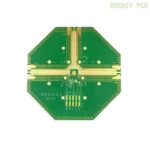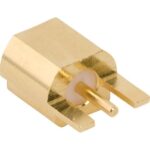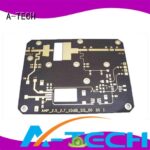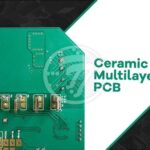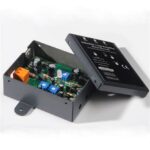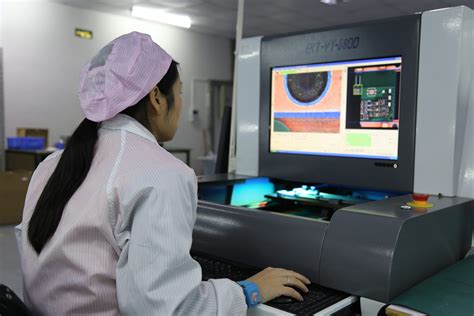
ALL ABOUT FLEX PCB
-
Fast and quality PCB fabrication
Posted by
–
 Read more: Fast and quality PCB fabrication
Read more: Fast and quality PCB fabricationIntroduction to PCB fabrication Printed Circuit Board (PCB) fabrication is a crucial process in the electronics industry. It involves the creation of a board that connects electronic components using conductive tracks, pads, and other features etched from copper sheets laminated onto a non-conductive substrate. The quality and speed of PCB […]
-
PCB proto Service Default Values.
Posted by
–
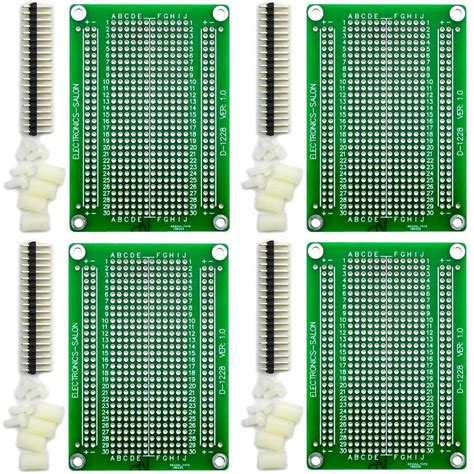 Read more: PCB proto Service Default Values.
Read more: PCB proto Service Default Values.PCB Material Default Values The choice of PCB material is crucial for the performance and reliability of your circuit. Most PCB Prototyping services offer a range of standard materials, each with its own set of default properties. FR-4 Laminate FR-4 is the most common PCB material and is the default […]
-
PCB & Assembly Services – STANDARD pool
Posted by
–
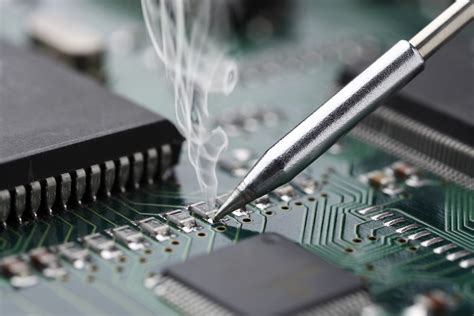 Read more: PCB & Assembly Services – STANDARD pool
Read more: PCB & Assembly Services – STANDARD poolWhat is PCB Assembly? PCB assembly is the process of soldering or mounting electronic components onto a printed circuit board (PCB). The main steps in PCB assembly include: Solder Paste Application Pick and Place Reflow Soldering Inspection and Quality Control PCB assembly can be done manually for simple boards and […]
-
Selecting the Right Surface Finish for your PCB
Posted by
–
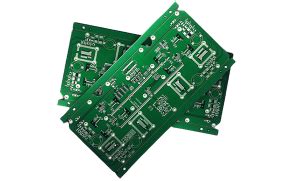 Read more: Selecting the Right Surface Finish for your PCB
Read more: Selecting the Right Surface Finish for your PCBWhy is PCB Surface Finish Important? A PCB surface finish serves several essential functions: Protection: The surface finish acts as a barrier, protecting the exposed copper traces from oxidation, contamination, and corrosion, which can degrade the electrical performance and reliability of the PCB. Solderability: The surface finish enhances the solderability […]
-
Basic PCB Parameters Section
Posted by
–
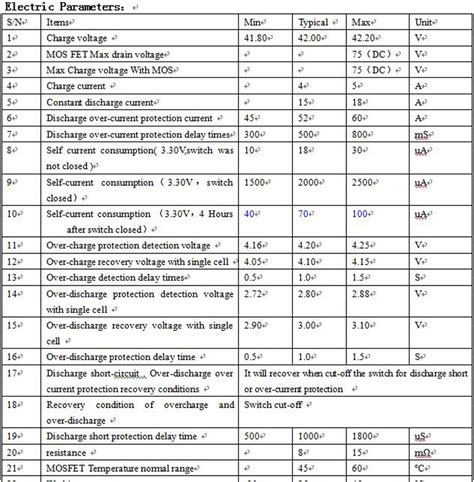 Read more: Basic PCB Parameters Section
Read more: Basic PCB Parameters SectionIntroduction to PCB Parameters Printed Circuit Boards (PCBs) are the backbone of modern electronics. They provide a platform for mounting and interconnecting electronic components to create a functional circuit. To ensure proper functionality, reliability, and manufacturability of a PCB, several key parameters must be considered during the design process. This […]
-
What is the function of Pre-heater
Posted by
–
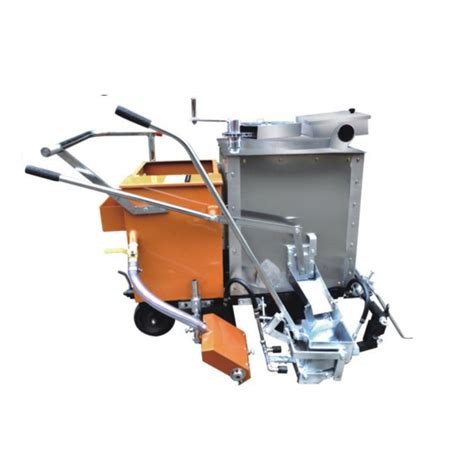 Read more: What is the function of Pre-heater
Read more: What is the function of Pre-heaterIntroduction to Pre-heaters A pre-heater is an essential component in various industrial processes, particularly in the production of materials such as cement, steel, and chemicals. Its primary function is to heat raw materials or feed streams before they enter the main processing unit, such as a kiln, furnace, or reactor. […]
-
 Read more: What is Halogen Free PCB – Ultimate Guide Updated for 2024
Read more: What is Halogen Free PCB – Ultimate Guide Updated for 2024Introduction to Halogen-Free PCBs Halogen-free Printed Circuit Boards (PCBs) have gained significant popularity in recent years due to growing environmental concerns and stricter regulations regarding the use of hazardous materials in electronic products. As we move towards a more sustainable future, understanding the importance of halogen-free PCBs and their role […]
-
PCB Surface Finish Lead-Free HASL vs ENIG
Posted by
–
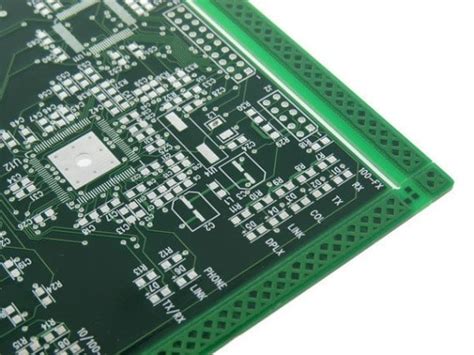 Read more: PCB Surface Finish Lead-Free HASL vs ENIG
Read more: PCB Surface Finish Lead-Free HASL vs ENIGIntroduction to PCB Surface Finishes and Why They Matter Printed Circuit Boards (PCBs) are the foundation of virtually all modern electronic devices. The conductive traces and pads on the PCB surface enable electrical connections between components. To ensure optimal solderability, protect the copper from oxidation, and enhance the PCB’s appearance […]
-
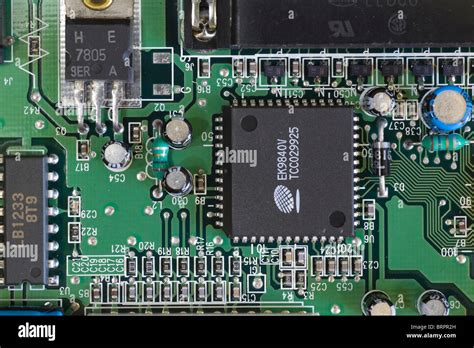 Read more: How to Read Circuit Boards and Identify Components
Read more: How to Read Circuit Boards and Identify ComponentsUnderstanding the Basics of Circuit Board Components Circuit boards, also known as
-
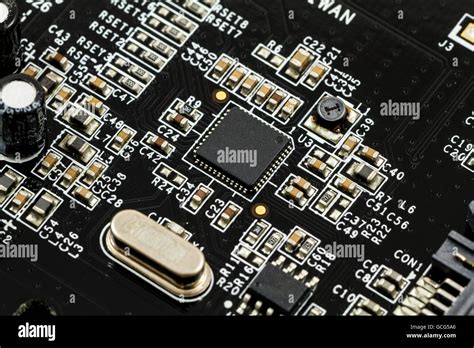 Read more: The Most Advanced PCBs: IC Substrate and IC Probe Card
Read more: The Most Advanced PCBs: IC Substrate and IC Probe CardIntroduction to IC PCBs Integrated circuit (IC) Printed Circuit Boards (PCBs) are the most advanced and complex types of PCBs used in the electronics industry today. These high-density, high-performance PCBs are designed to package and interconnect semiconductor chips or dies, enabling the creation of cutting-edge electronic devices and systems. IC […]
